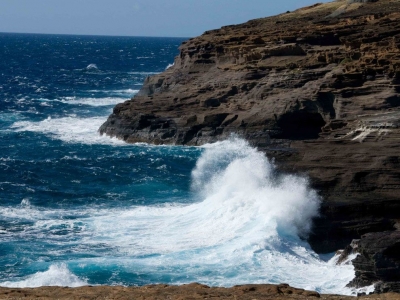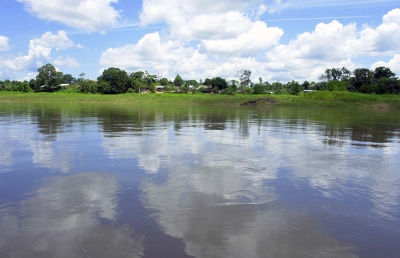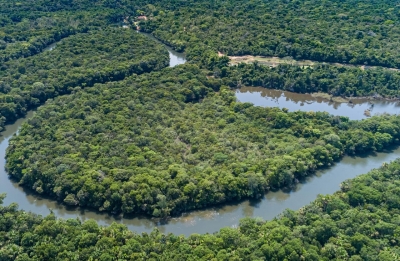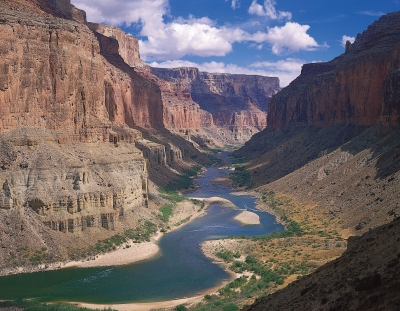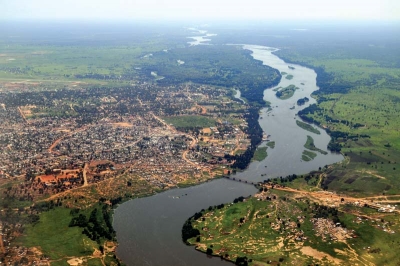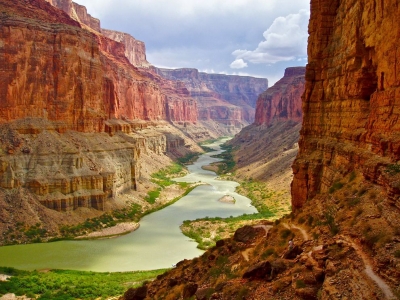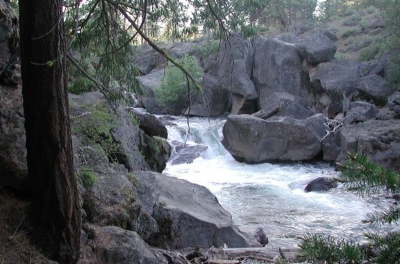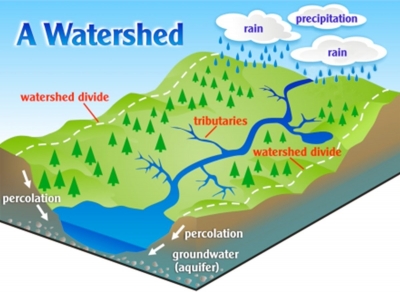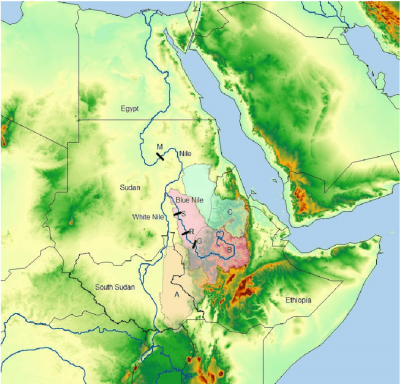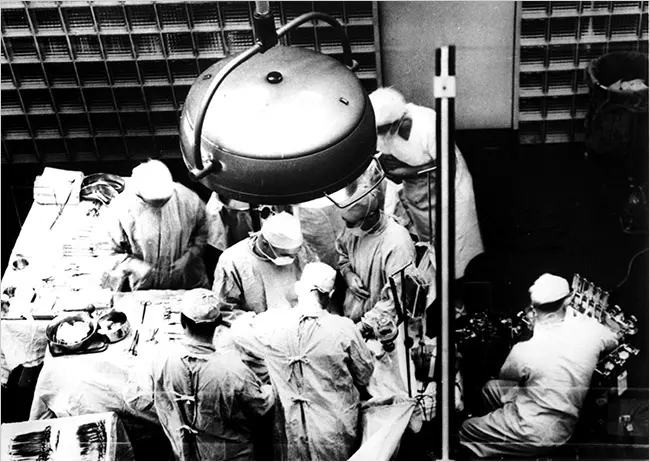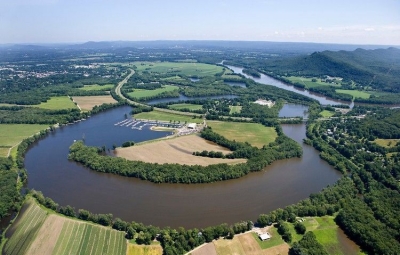
The Wright brothers need no introduction. Best known for achieving the first powered heavier-than-air craft flight, the Wright brothers obtained the patent for a "Flying Machine" on May 22, 1906.
The names of Wilbur Wright and Orville Wright will forever be intertwined with the history of flying machines. For, the Wright brothers were the first to achieve the flight of a powered heavier-than-air craft.
The elder of the two, Wilbur, was born in 1867 and was the third child in the Wright family. Orville was the sixth of seven children that his parents had. The seeds for an idea about flying were sown when Wilbur and Orville were still two young boys.
A toy that inspires
Their mother gave them a toy helicopter to play with. This little piece of wood that had two rubber bands to turn a propeller laid the foundation for a lifetime's work.
Drawn towards flying, the Wright brothers spent plenty of time observing birds in flight. This allowed them to notice that lift was created when birds soared into the wind and the air flowed over the curved surface of their wings. They use this knowledge to build kites, which they even sold to their friends.
Cycling to aviation
As avid cyclists, Wilbur and Orville owned a bicycle shop as adults. Despite the fact that they had less than 10 years of combined high school education, the experience of building bicycles provided them the understanding of early engine design - be it using chains, sprockets, or ball bearings.
Years of riding a bicycle gave them ideas as to how they could control and balance an aircraft. Add to this the countless hours that they had spent observing flight in nature and they had the necessary knowledge and interest to get started.
By 1899, the Wright brothers ventured into flying. Between 1900 and 1902, they researched every aspect of flight, from roll, pitch, and yaw to the rudder, elevator, and performance of the wing. In order to test the aerodynamic qualities of wing models, they even developed the first wind tunnel. The brothers also worked on their own piloting skills by making over a thousand flights on a series of gliders at Kitty Hawk, North Carolina.
Master a control system
Their years of trial and error allowed them to master their glider in all three axes of flight: pitch, roll, and yaw. While the pitch was operated by a forward elevator, their breakthrough discovery included the simultaneous use of roll control with wing-warping and yaw control with a rear rudder.
Even though they had just started conducting experiments with propellers and begun to build their own engines, they applied for a patent in March 1903 for their control system. They were granted U.S. Patent 821,393 for a "Flying Machine" on May 22, 1906. This patent is significant as it laid down a useful and modern means of controlling a flying machine, regardless of whether it was powered or not.
Not ones to be kept waiting, the Wright brothers had already made the first free, controlled, and sustained flights in a powered, heavier-than-air craft on a chilly day at Kitty Hawk, on December 17, 1903. With just a handful of others witnessing history, Orville stayed 12 seconds in the air and flew 120 feet in the first trial at 10.35 a.m. In the fourth and final trial of the day, Wilbur achieved the longest flight of 59 seconds in the air and reached a height of 852 feet. In a little over 100 years since then, human beings have flown farther and faster than ever before, and continue to progressively get better at it.
Picture Credit : Google

